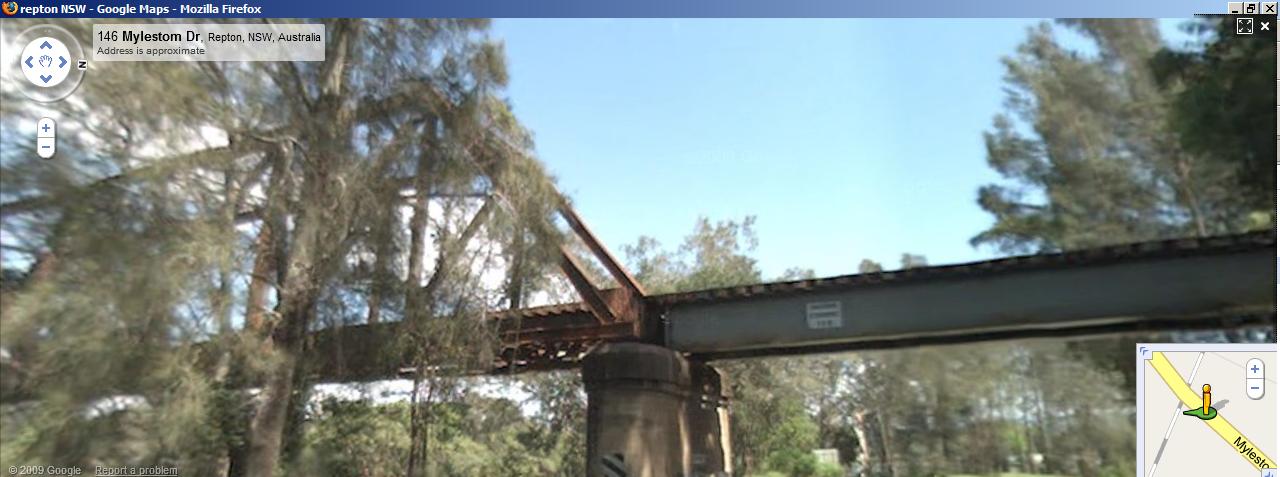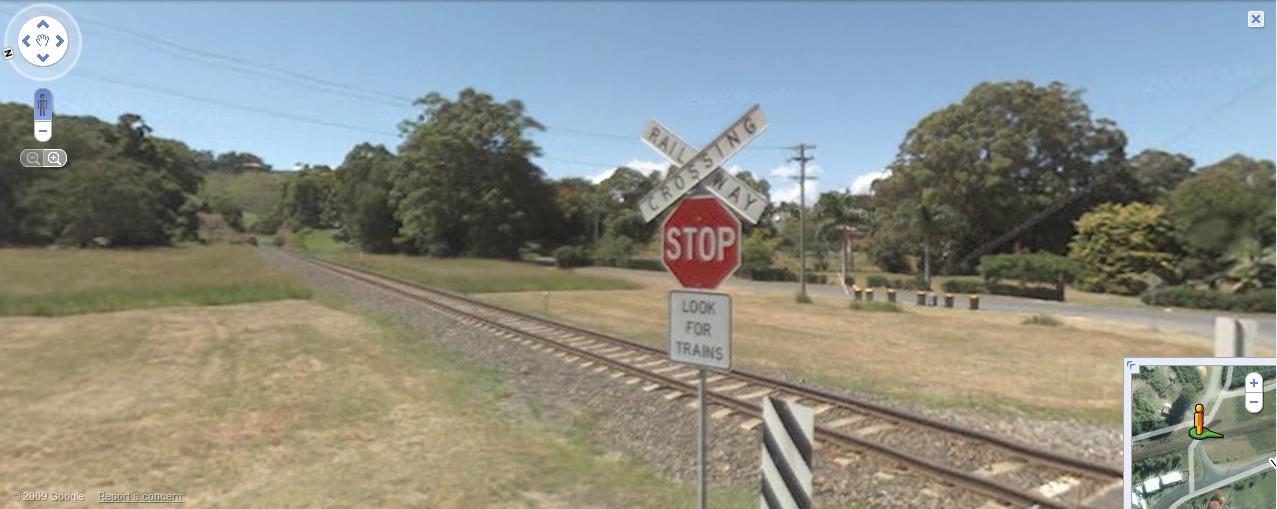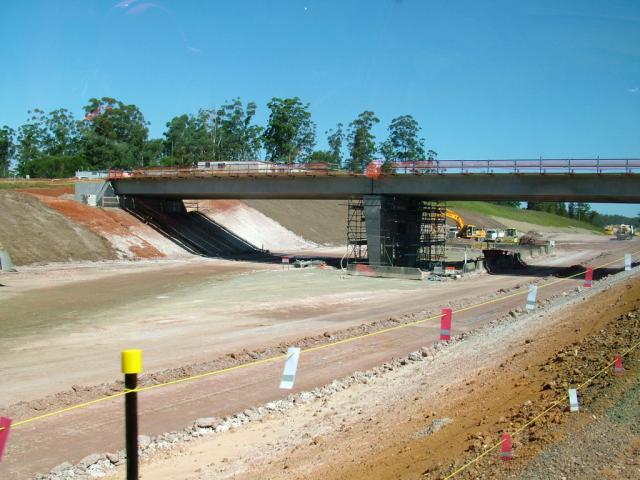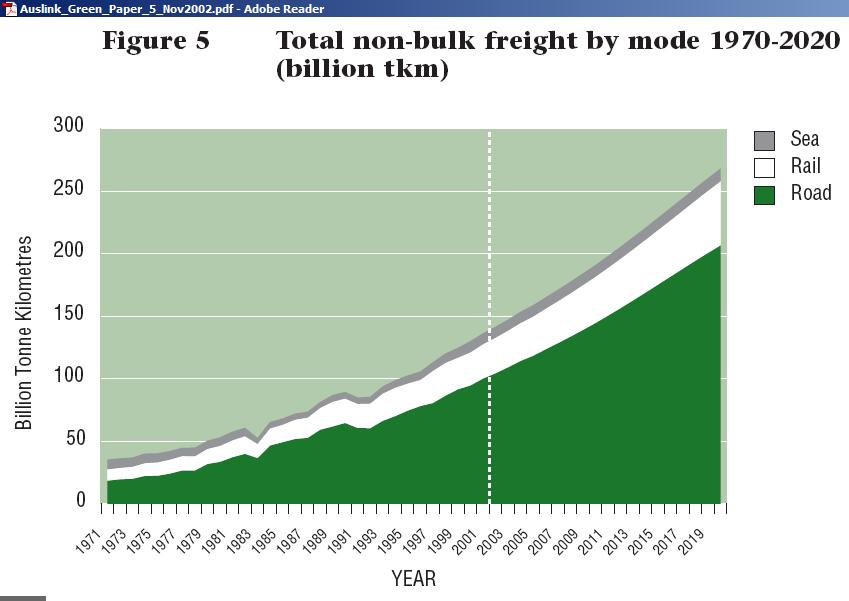When going to Coffs Harbour for a peak oil presentation at the Council Chambers in March 2009 I took the XPT to test the rail service.
Yes, what you see here is the main rail line between Sydney and Brisbane (bridge over the Bellinger river in New South Wales). Single tracked, very often only allowing speeds of 60 km/h. At one dirt road crossing, the train had to stop because a pick up truck had lost timber there (too bumpy crossing). Thanks God we were traveling at a low speed shortly after leaving a station. “Picking of flowers prohibited” should be a warning sign at the doors of the train, it’s that slow at times.
The rail line South of Coffs Harbour seems to disappear in the bush. It looks like a branch line in a 3rd world country. What will happen when in the next oil price shocks more airlines go into receivership and people (including MPs, our decision makers in Parliament) are forced by circumstances to travel by train? They will get a bad surprise. The only solution available is night trains. But there are only 18 sleeper beds available on a 7 car train:
http://www.nswtrainlink.info/your_journey/fleet/xpt
Bon voyage!
This is the Coopernook to Herons Creek section.
So while this rail line is in bad shape, 100s of millions of dollars are wasted on the Pacific Highway upgrade, running on long sections parallel to the rail line. Brand new road bridges are being built.
Why are all these road projects done? In the Herons Creek traffic study appendix E (February 2006)
http://freight.transport.nsw.gov.au/projects/road/pac-hwy/47.html
we find a table on page 4 with ADDT growing at 3.7 % pa from 2005 to 2010
The same percentage is thoughtlessly applied for the next 20 years. On page 10 reference is made to the Auslink Green paper (5 November 2002)
with similarly continuing traffic growth.
Auslink in turn relies on projections done by BITRE. Working paper 52 for example assumes that oil prices remain at US$20 for the remainder of the forecasting period.
The highest oil price assumed in the sensitivity analysis is US$30. So we have a hierarchy of documents all relating to the same set of flawed assumptions.
It is incomprehensible that planning documents based on 10 year old methodologies are not being reviewed for latest developments before these big projects are physically started. The planning bureaucracy is apparently unable to adapt quickly enough to changed circumstances.
For BITRE, peak oil seems to be part of an endless debating club competition, not physical reality. Read my critique of working paper 61 (published in May 2005, “Is the world running out of Oil? A review of the debate”):
https://www.bitre.gov.au/publications/2005/wp_061.aspx
The title of this paper already suggests that BITRE is confusing peak oil with running out of oil.




